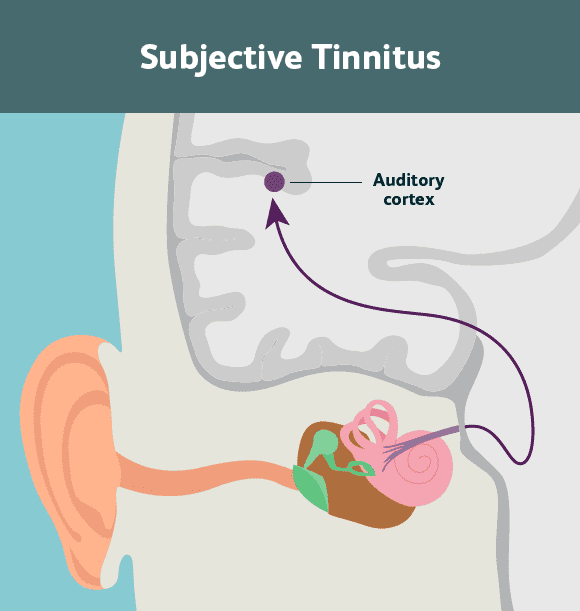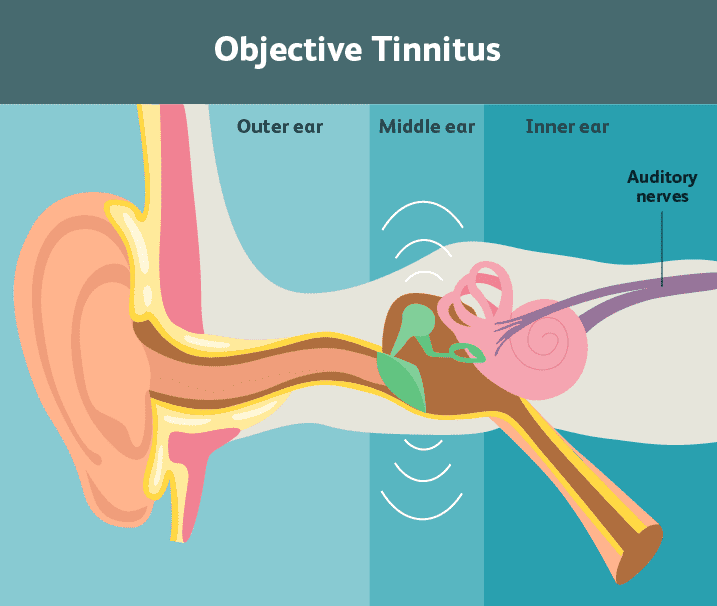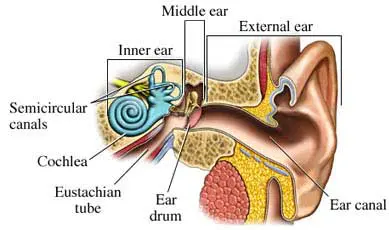Tinnitus which is often described as a ringing, buzzing, or hissing sound in the ears, is a condition that affects millions of people worldwide. While the experience of tinnitus is shared, its manifestations can differ significantly. In this blog we will delve deep into the realm of tinnitus, understanding its different types, potential causes like hearing aids for tinnitus, and some strategies for tinnitus management.
Subjective Tinnitus:
The most prevalent form of tinnitus, subjective tinnitus, is a sound perceived only by the individual experiencing it. This internal auditory perception can manifest in various ways, from a subtle background hum to an intrusive noise that interferes with daily life. Subjective tinnitus often results from damage to the auditory system, including the inner ear or auditory nerve. Causes can range from exposure to loud noise, age-related hearing loss, ear infections, or even certain medications.
The challenge with subjective tinnitus lies in its elusive nature. External devices do not detect the sound, making diagnosis and treatment complex. To manage subjective tinnitus, professionals employ a holistic approach. Hearing aid machines for tinnitus, which amplify external sounds, can sometimes alleviate the perception of tinnitus sounds by enhancing overall auditory input. Sound therapy, including white noise generators or specific soundscapes, can help divert attention away from the tinnitus sound. Additionally, relaxation techniques, counseling, and mindfulness practices are valuable tools for managing the emotional impact of subjective tinnitus.

Objective Tinnitus:
Unlike its subjective counterpart, objective tinnitus is not confined to the inner realm of the individual; it can be heard by both the affected person and an observer, such as a healthcare professional. This type often results from a physical anomaly within the body, including the auditory system. Objective tinnitus is often associated with vascular issues or muscular contractions. Blood vessel disorders, turbulent blood flow, or muscle spasms in the middle ear can generate audible sounds that align with the individual’s heartbeat or breathing rhythm.

Diagnosing and treating objective tinnitus necessitates a comprehensive medical evaluation. Identifying the underlying cause is crucial, as treatment strategies differ based on the source of the noise. Imaging tests and consultations with specialists such as otolaryngologists and audiologists are essential to determine the best action. In some cases, addressing the root cause through medical or surgical interventions can lead to resolution of objective tinnitus.
Pulsatile Tinnitus:
Within the realm of objective tinnitus lies a distinctive subtype known as pulsatile tinnitus. Characterized by rhythmic, pulsing sounds that correspond with the heartbeat, pulsatile tinnitus can evoke sensations of a heartbeat-like rhythm in the ears. This type is often attributed to vascular irregularities, including blood vessel abnormalities, hypertension, or turbulent blood flow. The synchronous nature of the sound with the heartbeat differentiates pulsatile tinnitus from other forms of auditory perception.
Medical evaluation is essential for diagnosing and managing pulsatile tinnitus. Imaging studies, such as MRIs or CT scans, are employed to identify the vascular or anatomical factors contributing to the condition. Once the underlying cause is determined, treatment options can range from lifestyle changes and medication to surgical interventions, depending on the severity and nature of the vascular anomaly.

Navigating the Tinnitus Journey:
The diverse landscape of tinnitus highlights the importance of personalized care and multidisciplinary approaches. For individuals grappling with tinnitus, understanding its type and potential causes lays the foundation for effective management. While there isn’t a one-size-fits-all solution, the collective effort of audiologists, medical professionals, and mental health experts can provide holistic support.
Conclusion: Amid the intricacies of tinnitus management, communication and advocacy become pivotal. Individuals must proactively seek assistance, share their experiences with healthcare providers, and engage in therapies that address both the physical and emotional aspects of tinnitus. Whether through sound therapy, counseling, hearing aids, medical intervention, or relaxation techniques, the journey toward tinnitus management is marked by collaboration, exploration, and a commitment to enhancing overall well-being.





